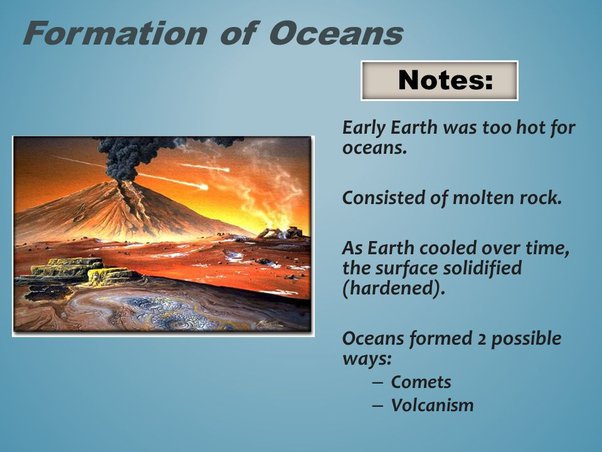2022-05-03 07:30:00
What is a planet parade?
Although there is no scientific definition for the ‘planet parade’, it is being widely used in astronomy to denote an event that takes place when planets of the solar system are aligned in one straight line.
Another term for a planet parade is ‘appulse’.
The following types are distinguished:
Mini planet parade — planets.
Small planet parade — planets.
Large planet parade — or planets.
Great planet parade — all solar system’s planets (+ Pluto sometimes).
3 planets align on one side of the Sun simultaneously 2 times a year, 4 planets — once a year, 5 planets — once in every 19 years, and all 8 planets of the Solar system — once in about 170 years.
For inner planets, the best viewing conditions occur near their greatest elongations, and for outer planets — sometime before and after their oppositions.
In April and May 2022 several appulses, including a parade of 4 planets – Venus, Mars, Jupiter and Saturn – can be observed.
Subscribe- t.me/askmenow
909 views04:30






